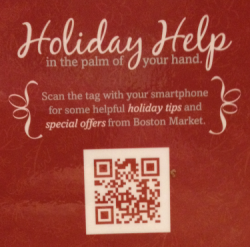
You hear them every day. The words that mean nothing but are used to describe the services you buy. They have become jargony (that's a word, right?). They are used to describe things that we don't really understand how to explain.
Personally, I think that "space age technology" is the worst offender so I'm going to start my rant there. Let's think back to when the space age started. Let's look at Sputnik 1.
Sputnik 1 was the first artificial Earth satellite. It was actually pretty small. It was only 58cm in diameter (almost 23" around). The Soviet Union launched that sucker into orbit on October 4, 1957 at a height of 577km (359 miles). It orbited at 29,000km/s (about 18,000mph). It took about 96 minutes to orbit the earth. It fell from orbit on January 4, 1958. It had travelled approximately 70 million km (43.5 million miles).
So, with Sputnik 1, the space age began and triggered the space race between America and the Soviets.
So, think about it for a minute. If you are selling technology and say it's space age technology, what you are really saying is it's over 60 years old. Velcro is space age technology. Skylab is space age technology and it hasn't been in space since 1979. The retired Space Shuttle program is space age technology. Shoot, even Tang is space age technology.
Think about the words you use to describe your business or services. How do you discuss them?
Do you use words like "value added?" What does that really mean? Do you even know what value your clients are seeing? You probably don't. Value is simply when you get more thing for your money. But it's based on your personal perceptions, not marketing spin.
What about "thinking outside the box?" This is my favorite cliché that really doesn't mean what people think it means. Sure, I know, it means to think differently. But, did you know that its roots are assumed to have started in the 1970s? How can we still be thinking that thinking outside the box is really thinking differently? Thinking outside of the box has become the new box.
It's time to really communicate who are and what you do. Buzzwords don't help communicate. They simply create a false sense of security. What they really do is simply demonstrate that you are lazy and complacent in what you do and say.





